As global families increasingly seek affordable and reliable sedans for everyday use, a quiet but crucial concern continues to shape the buying landscape—safety. The 2025 Global NCAP crash test results have added fresh urgency to the discussion, especially for high-volume family sedans across Asia, Latin America, and parts of Africa. While some models saw significant safety upgrades this year, others fell alarmingly short, especially in structural integrity and child occupant protection. The latest data doesn’t just rate vehicles—it highlights critical blind spots in consumer expectations, manufacturer priorities, and regional safety standards.
Global NCAP: Why It Matters More in 2025
The Global New Car Assessment Programme (Global NCAP) is not just another crash test ranking. It has evolved into one of the most influential safety indicators for developing and middle-income markets. Unlike Euro NCAP or NHTSA, which test vehicles sold in highly regulated regions, Global NCAP focuses on models often stripped of advanced safety features to meet lower price points in emerging markets.
In 2025, the organization updated its test protocol to include both frontal offset and side-impact tests, alongside ESC availability, pedestrian protection, and seatbelt reminders. This year’s test cycle placed specific emphasis on family sedans—vehicles that often serve as daily transport for children, elderly passengers, and multiple generations under one roof.
Shocking Underperformance Among Bestsellers
One of the key revelations of the 2025 tests was that several top-selling sedans failed to meet even basic safety benchmarks. The most glaring example came from South Asia, where the base variants of two extremely popular family cars—each selling over 150,000 units annually—scored just one star in adult protection. The primary causes: unstable structures, lack of standard airbags beyond the front pair, and zero inclusion of Electronic Stability Control (ESC).
In Latin America, another market favorite suffered similar results, with weak frontal crash protection and poor chest injury scores for rear passengers. Despite the model’s modern exterior and infotainment upgrades, its safety platform had not evolved significantly from its 2016 version. These results spotlight a troubling pattern: aesthetics and tech often take precedence over occupant safety in high-demand segments.
Bright Spots: Models That Rose to the Challenge
Not all news was grim. Some manufacturers responded to Global NCAP’s evolving protocols by proactively reinforcing body structures, standardizing ESC, and increasing airbag counts across trims. A Korean compact sedan, now produced in India and Mexico, earned a full five-star rating, becoming a benchmark for how safe, affordable sedans can be manufactured and sold globally.
European brands with a presence in developing markets also performed well. One midsize sedan built for South American families impressed testers with a combination of robust structural integrity and six airbags as standard. The results showed that safer design does not always equate to luxury pricing—it requires commitment to safety-first engineering even when profit margins are thin.
The Child Safety Gap: Rear-Seat Reality Check
While frontal adult protection received the most headlines, the child occupant protection category offered even more sobering insight. Many sedans that did moderately well for adults scored poorly for child passengers. Reasons varied: lack of ISOFIX anchorages, poor restraint system compatibility, and excessive forward excursion during impact. In some cases, Global NCAP couldn’t complete child dummy testing due to missing standard safety equipment.
This is especially troubling in regions where entire families—often including infants and toddlers—rely on sedans for long commutes or intercity travel. A car might look family-friendly based on space or trunk capacity, but if it lacks basic child safety features, it presents a hidden risk many parents are unaware of. The tests emphasized that true family value must include all passengers, not just the driver and front occupant.
Why Low Price Shouldn’t Mean Low Safety
The safety gap in low- to mid-priced sedans often stems from a false dichotomy: that safety is a luxury feature, only to be included once “basic” specs are covered. But in reality, crash structure reinforcement, ESC integration, and seatbelt pretensioners are now economically viable even for entry-level cars. Several Chinese and Indian manufacturers proved this in 2025 by delivering four- and five-star rated sedans under $15,000 USD equivalent.
What keeps other automakers from following suit? The answer lies in market pressure. Many brands focus on competitive pricing, infotainment features, and fuel efficiency to attract buyers. Safety is not always a visible selling point—until a crash happens. Global NCAP aims to change this mindset by making crash scores part of public dialogue and regulatory consideration.
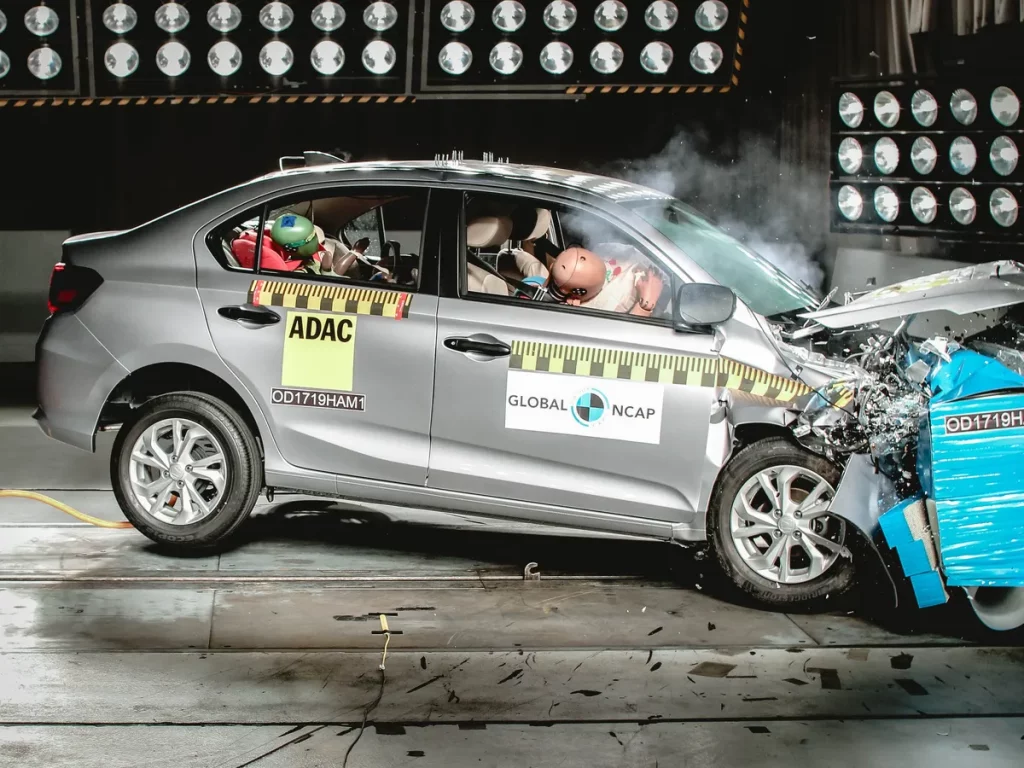
Rethinking What Makes a Family Car in 2025
For a long time, the term “family sedan” implied spaciousness, affordability, and reliability. But 2025’s NCAP results suggest that this definition must evolve. Safety should be central to any vehicle marketed for family use. Just because a car can fit five passengers doesn’t mean it protects them equally.
Parents, especially in growing economies, often face a trade-off between price and safety. However, the data now shows that some affordable sedans are far safer than others in the same bracket. The real challenge is making these distinctions visible and accessible during the buying process.
Consumer Tools and What to Ask at the Dealership
Armed with the latest crash data, buyers in 2025 have more power than ever to make informed choices. Yet many still rely on salespeople, who may gloss over safety specs. Before buying a family sedan, shoppers should ask:
- How many airbags come standard?
- Does the car have ESC (Electronic Stability Control)?
- Has this exact variant been tested by Global NCAP?
- Are ISOFIX child seat anchorages available and functional?
- Is side-impact protection verified?
These questions help shift the market conversation from convenience features to safety essentials—something every buyer deserves, especially those transporting families.
Alternatives That Prioritize Protection
For those disheartened by the results of their first-choice sedan, there are alternatives. Brands that have invested in modular safety platforms now offer strong contenders across regions. A few compact sedans previously dismissed as “too small” or “too expensive” have now proven their real-world value by excelling in both crash tests and daily usability.
Used cars are also becoming safer buys thanks to more robust testing archives. In 2025, buyers can check crash ratings for specific model years and trims before committing. This makes safety-conscious shopping possible even on a tight budget.
The Bigger Picture: From Awareness to Accountability
Global NCAP’s mission goes beyond scoring cars. It’s about pressuring manufacturers, informing governments, and educating consumers. While top-tier sedans will always exist with luxury safety systems, the real battleground is the budget and midrange space where most families shop.
Automakers that continue to downplay safety risk not just reputational damage but actual harm to drivers and passengers. In contrast, those who embrace the challenge stand to win over a new generation of buyers who see safety not as optional, but as foundational.
In the years ahead, we may look back at 2025 as a turning point—the moment when family sedan buyers stopped accepting “good enough” and started demanding “safe by design.” For now, the data is clear: not all sedans are created equal, and families deserve to know the difference.

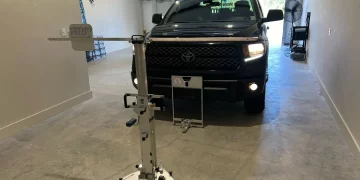
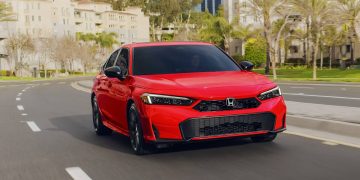
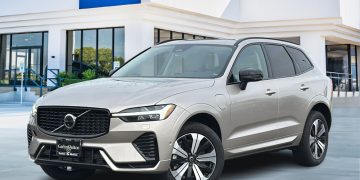


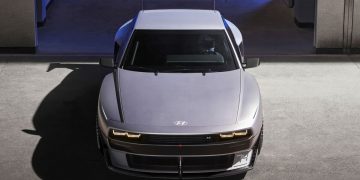
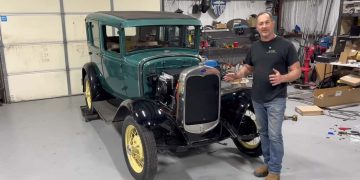

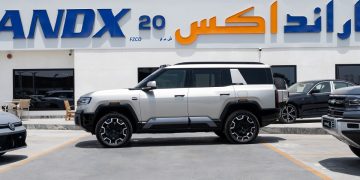











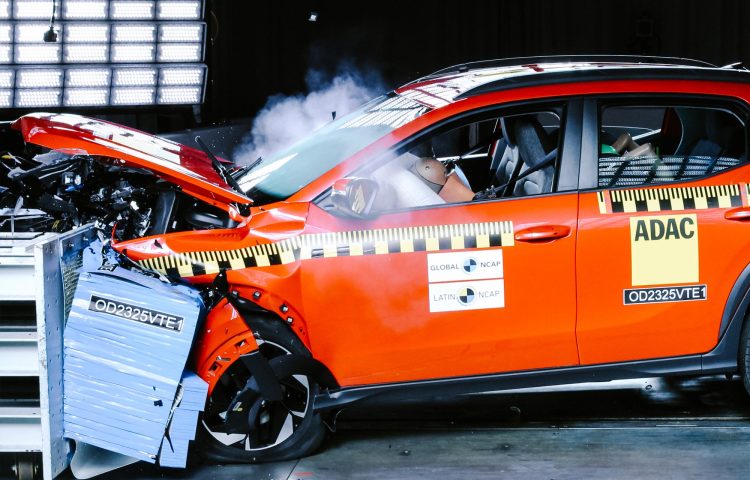












Discussion about this post